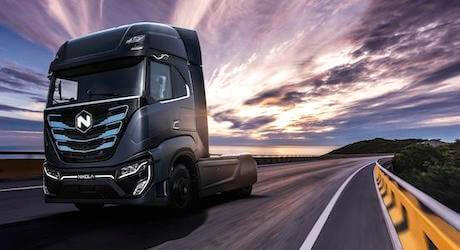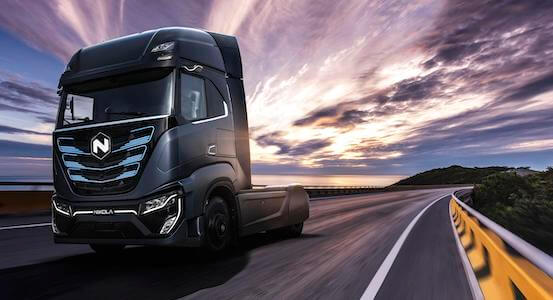
Advocacy for Commercial Truck Drivers
May 28, 2020
Transporting to a New Normal
June 11, 2020
Hydrogen, Toward Cleaner Skies
Trouble and Hope
As terrible as it is, the coronavirus has produced one result in particular that has us reeling, and in a positive way. (Though we’re realists, we’ll take promising news any time.)
Pollution levels around the world have reduced dramatically.
Before we all go and do something impulsive like embracing that news and declaring victory, take a step back and consider why. Globally, economies tanked as a result of shelter-in-place orders imposed, leaving only essential services functioning. Which means fewer people working in pollution-generating factories and driving on the roads and flying the skies.
And this: when the pandemic recedes, economies are expected to recover⏤if not at least to or above pre-pandemic levels, then to something that approaches a “normal” flow of business.
So, the reduced pollution is most likely a temporary condition.
What a reduction, though. The website Nature reports, “Daily global CO2 emissions decreased by -17% by early April 2020 compared with the mean 2019 levels, just under half from changes in surface transport.” Dramatically cleaner air in New Delhi and Los Angeles. Much faster freight delivery times as a result of fewer vehicles on the road.
Which brings us to transportation and logistics. If our carriers are the literal drivers of the industry (and heroes, especially through these troubled times), their ability to safely transport freight hinges on having enough fuel. Everyone factors fuel into pricing for every given load. That fuel is diesel, and diesel contributes to those pollution levels.
Which brings us to hydrogen fuel cells, one of our favorite topics (HERE, HERE, and HERE), and Nikola Motor Company’s dual announcements: it has just gone public, which has brought an infusion of cash, and its first zero-emission vehicle will begin production late next year in Europe.
Hydrogen is the most abundant element in the known universe, and our ability to harness that for vehicles⏤especially in that a hydrogen fuel cell-powered engine’s sole emission is water vapor⏤is especially promising.
Yes, there is a long path toward that reality. Competition. Pressure from the still-powerful fossil fuel industry. Consumer embrace.
Still, in a season of turbulence and waves of bad news, this possibility really does spark our interest, focuses our imagination, and brings us some much-needed hope.

